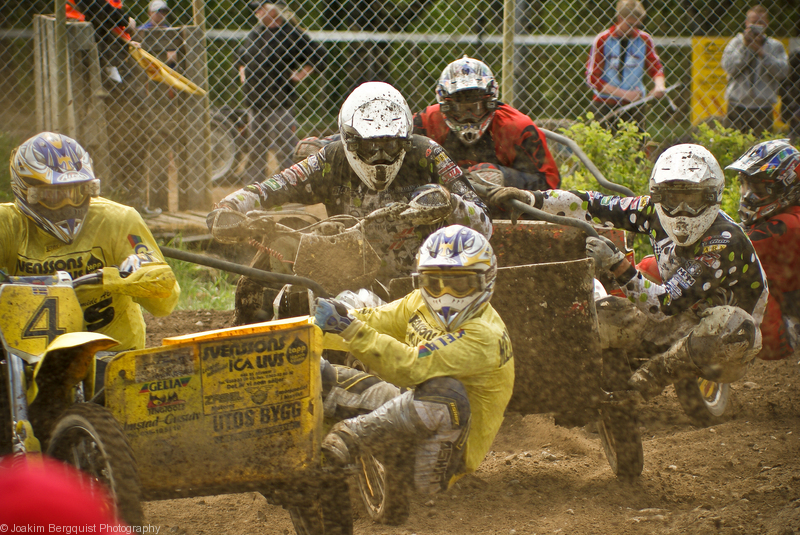Imagine you take a single exposure, 1 hour long at the night sky. This will of course capture stars with a trail since the earth is spinning around its own axis. But with this method you will most certainly have a too bright foreground and the amount of noise on a single long exposed frame is terrible with any camera. Even at ISO 100.
Instead you could do this in more steps, a hundred to be precise for this shot. I shot 100 frames, 30 seconds long each with an aperature of F4.5 and ISO 400. There are ways to blend these shots together later on, you could use Photoshop with "screen" overlay, but a more convenient method is to use the application "
Startrails" wich will blend all your images together in one simple step.
Using more frames will also reduce noise since noise appears randomly from frame to frame. That means that it will even out with enough frames. You could easily shoot at ISO 1600 and still get a decent looking image.
I recommend that you shoot one image with correct exposure at the foreground, then you take as many shoots you like with correct exposure on the stars, and finish of with a dark frame. The application will automaticly load in the foreground and dark frame. The dark frame reduces the noise level even further.
How do you take 100 frames or more? Well of course you will need a tripod and the camera should be still at all time. A shutter release will do if you have the patients to sit there and press the button every 30th second. An optional way to do this is to get a Timer shutter release (aka: intervalometer) that you program to to do this for you. Check them out on
ebay.
















